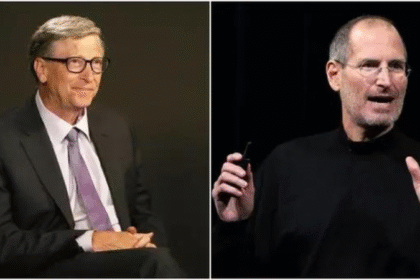India, a nation of vibrant flavors, ancient culinary wisdom, and rapid economic growth is now battling a modern epidemic: obesity in India. Once overshadowed by malnutrition and hunger, the India obesity crisis has emerged as one of the biggest public health challenges of the 21st century. And it’s not just about waistlines, it’s about lifestyle diseases, economic productivity, healthcare systems, and the future of India’s youth.
A Growing Problem, by the Numbers
- India ranks third globally in obesity prevalence, just behind the US and China, according to the Global Obesity Observatory (2023).
- Over 135 million Indians are now classified as overweight or obese.
- The NFHS-5 (2019–21) reveals that 24% of men and 25% of women in urban areas are obese, up from previous years. Even rural India is catching up, showing rising trends of sedentary lifestyle and obesity.
- Alarmingly, India has the second highest number of obese children globally, with 14.4 million affected—a major concern for childhood obesity in India 2025.
Why Is Obesity Rising in India?
The roots of this obesity crisis in India lie in rapid urbanisation, rising incomes, sedentary jobs, and the growing availability of ultra-processed foods. Our traditional Indian diet, once tailored to support physical labor, now clashes with modern lifestyles marked by long sitting hours and minimal activity.
From ghee-laden parathas to calorie-heavy rice meals, Indian cuisine was historically balanced by manual work. Today, however, with physical effort reduced and fast food consumption in India on the rise, these same meals contribute to weight gain.
Processed Foods: The Hidden Enemy
The invasion of junk food and sugar-sweetened beverages especially in urban and Tier-2 cities has had a catastrophic effect. Global chains and local brands alike push cheap, addictive options without proper food labelling regulations in India. Children are particularly vulnerable to flashy ads promoting instant noodles, chips, and soda.
Despite growing concern, junk food policy in India remains underdeveloped, allowing companies to target young audiences aggressively and without consequence.
The Economic Burden of Obesity in India
This is more than a health issue, it’s a major economic concern.
According to the World Obesity Federation, the economic cost of obesity in India could hit $480 billion annually by 2060, amounting to 2.8% of national GDP.
Other direct and indirect consequences include:
- Rising healthcare costs due to diabetes, heart disease, and hypertension.
- Reduced workforce productivity and more sick days, especially among young professionals.
- Increased health insurance premiums, creating a financial burden for families and the government alike.
Unless tackled, obesity-related healthcare costs in India will continue to skyrocket, undermining our economic progress.
Time to Reorient India’s Food Policy
If India wants to stop this health and economic decline, we must overhaul our food policy framework. Here’s how:
- Tax Unhealthy Foods
Introduce a sin tax on junk food in India, especially on sugar-sweetened beverages and processed snacks. - Enforce Strong Labelling Laws
Launch a clear, color-coded front-of-pack labelling system in India to help consumers make quick, informed choices. - Ban Junk Food Near Schools
Revise school nutrition policy in India to restrict sales of processed food near educational institutions. - Make Healthy Food Affordable
Promote millets in the Indian diet and subsidize fruits, vegetables, and whole grains through public distribution systems. - Launch National Nutrition Campaigns
Educate citizens about the causes of obesity in India, the dangers of a sedentary lifestyle, and the benefits of traditional eating habits.
Traditional Wisdom Holds the Answer
The solution isn’t to abandon our culinary heritage, it’s to adapt it. Foods like ragi, jowar, and fermented dishes (idli, kanji) offer nutritional balance. Spices like turmeric and fenugreek, long valued in Ayurveda, have anti-inflammatory properties.
Promoting the traditional Indian diet vs modern diet narrative can be a powerful message in schools, media, and workplaces. It’s time to make healthy eating both cool and convenient.
A Nation at a Crossroads
India is a rising power, but without urgent action, obesity in India 2025 and beyond will slow us down. It threatens to turn our demographic dividend into a health disaster.
Reforming our food environment, updating government food policy, and educating the public can make a real difference. After all, food is not the enemy, it’s our strongest ally when used wisely. www.globalbiznow.com



















